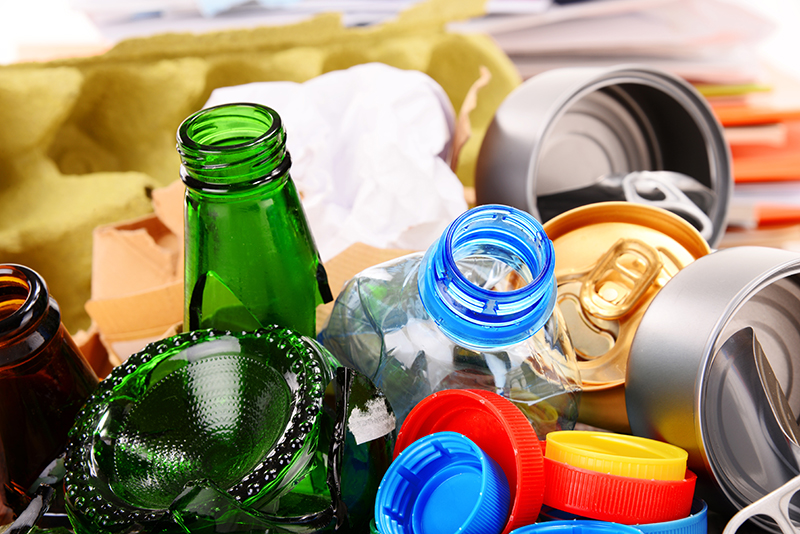
By Sujan Shah, CEO, Rocaba Packaging Ltd
The packaging industry has made seismic shifts over the last two years.
E-commerce played a role in this. Most brands, whether UK-focused or global, were forced to look at new ways of reaching their customers. This was particularly true in the retail and food & drink sectors, where companies needed to maximise revenue in the face of huge uncertainty. Needless to say, all have continued competing online more than ever before.
Another trend which has accelerated significantly is consumer demand for products which are perceived to be ethically sourced and more sustainable. For example, in our own business which supplies packaging across a range of industries, including retail and hospitality businesses, we’ve seen high demand for paper over plastic, as well as a focus on supply and transportation which reduces risk and carbon emissions.
As those in the packaging industry know, more education is needed if consumers want to be truly sustainable in their purchase choices. Most paper packaging is single-use, not waterproof and weaker than its plastic alternative. Plastic bags can, and should, be reused for as long as possible, plus the average carrier bag you get from a supermarket or shop uses very little plastic in relation to other items in the home.
Similarly, the debate around plastic in the ocean almost never asks the key question of why the plastic packaging which ends up there and is not disposed of in the correct way. The question consumers should be asking isn’t ‘how can I replace plastic with other packaging materials’ but ‘how do I find packaging that is either compostable or reusable so I’m not throwing so much away’? Packaging manufacturers and suppliers have a lead role to play in this re-education.
Finally, with supply chains having to adapt to the shock of both Brexit and Covid-19, there have been challenges across the board, from severe materials shortage, shipping and haulage challenges including transportation problems and fuel shortages, inflated shipping costs and backlogs at ports. This is showing no signs of letting up in 2022, and the resilience of supply chains, particularly for essential items such as packaging, will inevitably face more scrutiny over the next 12 months.
Challenges in packaging this year
Scaling up packaging production in Europe, especially when you consider changes to consumer demand for sustainable materials and the current trend by Chinese manufacturers to mass purchase raw materials, continues to be a challenge in 2022.
Issues with materials production combined with the UK’s departure from the EU and the disruption this is having on its exports and the availability of hauliers, is creating unprecedented delays and cost increases in the global packaging supply chain. Similarly, nearshore supply options, which have become an essential part of any supply chain strategy in the wake of closed borders, are taking time to establish.
Based on current shortages and the trend we are seeing from China manufacturers in buying extremely large volumes of raw materials which is impacting manufacturers elsewhere, we believe it could be up to two years until UK-based packaging buyers see reduced waiting times on orders.
The packaging landscape this year
Packaging supply chains continue to face a range of challenges. With global distribution channels still disrupted, but with demand continuing and even increasing in areas such as e-commerce, many organisations have had to make quick strategic shifts in order to adapt and continue serving their markets. Factors such as cost and just-in-time delivery models may become less of a priority as supply chains shortened and consumer habits continue to change.












